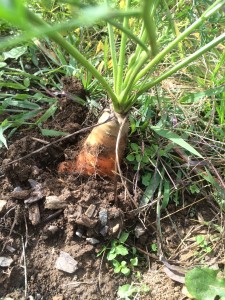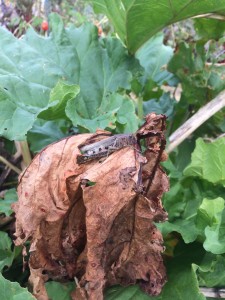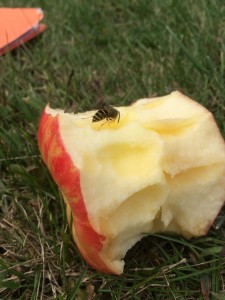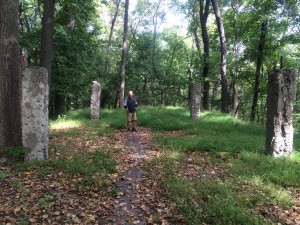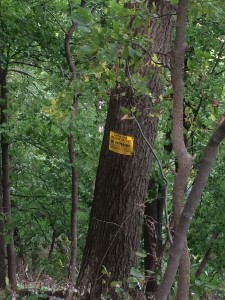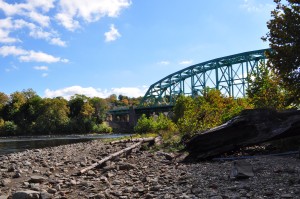
Another look at the slowly changing colors of Autumn.
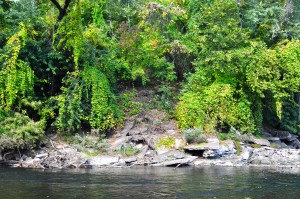
Looking at this side of the bank instead of across into New Jersey as in the previous picture, the colors of the leaves seem to indicate two entirely different seasons.
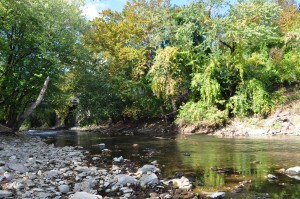
Compared to our last visit here, we noticed that the water level had receded significantly. In the pictures, you can tell where the water had risen to from the storms in the previous weeks by the color of the rocks – where the rocks are darker, they had been more recently covered by water. It’s amazing to be able to notice the changes in water and to think about the sheer volume of water that passes through the confluence daily.
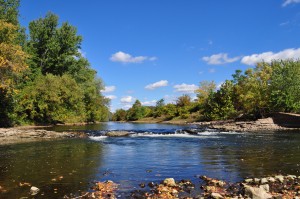
The geese that we had noticed on our last visit were still seen between the island and Pennsylvania. It would be interesting to know whether this was the same flock that had stayed here for over a week, or if it was a new flock that had stopped in the same place. Either way, this indicates that there is probably some abundant source of food that is able to maintain the number of geese in this area.
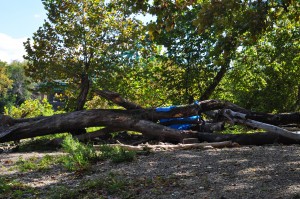
Once again, we did not run into the homeless person who inhabits this area. It looked pretty similar to our last visit, although when we approached for a closer look, we did notice that the creepy zombie face targets no longer had paint on them, which we took as someone had been there to at least refresh the targets. We still hope to have a conversation with this inhabitant at some point in the near.






